
Guests
- Sejal ChoksiProgram Director at San Francisco Baykeeper, an organization that aims to protect and enhance the water quality of the San Francisco Bay. She is also an Environmental Representative to the California Office of Spill Prevention and Response Technical Advisory Committee.
In the early years of this country, Labor Day was an occasion for demonstrations against low pay and harsh working conditions. The Knights of Labor had their first Labor Day parade in New York in 1882. Two years later, they formally designated the first Monday in September as Labor Day. In 1894, Congress made it a legal federal holiday. This weekend a new study found that workers in this country are working nearly 50 hours a week, more than a century after workers fought and died for the right to an eight hour day. In the last six years the AFL-CIO has made an attempt to revitalize the labor movement, which now represents only 13.5% of the labor force. Unions have attempted to organize previously ignored workers in the service sector, sought alliances with students and environmental activists, and have sought to link the concerns of labor to the emergent anti-corporate globalization movement. But under the Bush Administration the assault on labor has already been fierce, with a rollback of ergonomics standards that labor sought for more than a decade. Well, as President Bush returns from his rather lengthy vacation, it might be a good time to ask how labor is responding to the challenges of organizing under the most anti-union administration in recent memory.
GUEST:
- JOHN SWEENEY, President of the AFL-CIO Tape
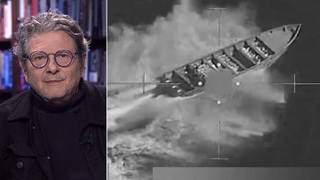
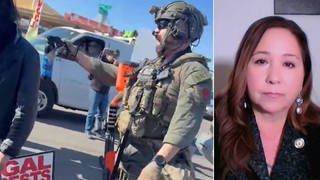
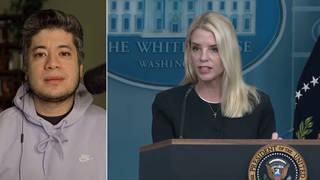
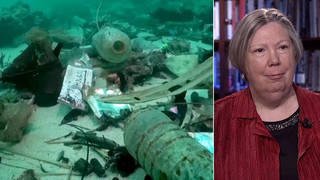





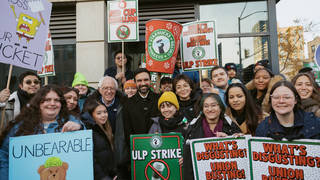

Media Options